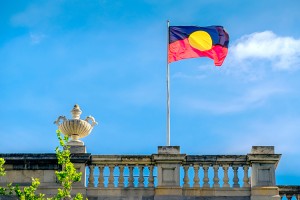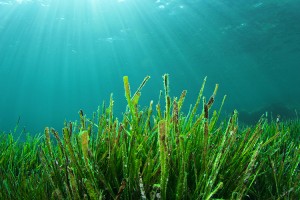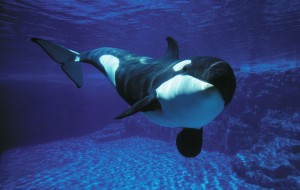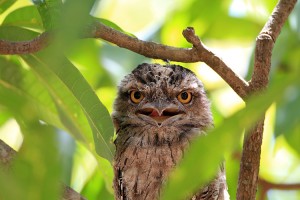Spotlight on Australia: Track Star Cathy Freeman
Wednesday, August 10th, 2022
Cathy Freeman, an Australian runner of Aboriginal descent, wins the women’s 400–meter race at the 2000 Summer Olympics in Sydney, Australia.
Credit: © Tony Feder, Getty Images
On your mark, get set, make history! In 2000, Australian track star Cathy Freeman became the first Aboriginal athlete to win an individual gold medal when she finished first in the 400-meter race at the Summer Olympic Games in Sydney. Freeman also was chosen to light the Olympic torch at the opening ceremony. Freeman ran a successful career and then used her platform to work for equality for Aboriginal peoples.
Catherine Astrid Salome Freeman was born in Mackay, Queensland, on Feb. 16, 1973. She began running at a young age, running her first race when she was only 8 years old. In 1990, Freeman became the first Aboriginal athlete to win gold at the Commonwealth Games at the age of 16. Freeman became a controversial figure within Australia when she carried both the Australian and Aboriginal flags as she ran a lap of honor following her victories in the 200-meter and 400-meter finals at the Commonwealth Games in 1994.
The Commonwealth Games are a sports competition for members of the Commonwealth of Nations. The Commonwealth of Nations is an association of independent countries and other political units, most of which formerly lived under British law and government. Like the Olympic Games, the Commonwealth Games are held every four years. Athletes compete in such events as badminton, boxing, cycling, field hockey, lawn bowls, rugby sevens, squash, swimming and diving, track and field, and weightlifting.
The Aboriginal Peoples of Australia are the first people who lived in Australia and their descendants. Australia’s Aboriginal peoples include peoples of mainland Australia, Tasmania, and some other nearby islands. Historically, European colonizers controlled many aspects of life in Australia. As a result, Aboriginal people were denied the right to land, citizenship, and equal opportunities. In the mid and late 1990’s, government policy changes began opening doors for Aboriginal people. When Freeman was running as a national icon, Aboriginal people were still fighting for equal rights in Australia.
She was named Young Australian of the Year in 1990 and Australian of the Year in 1998, the only person to win both titles. Freeman won the silver medal for the 400-meter run at the 1996 Olympic Games, and she won the world title in the event in 1997 and 1999. In 2003, Freeman announced her retirement from athletic competition. In 2007, she founded the Cathy Freeman Foundation, which aims to close the educational gap between Aboriginal and non-Aboriginal children.














